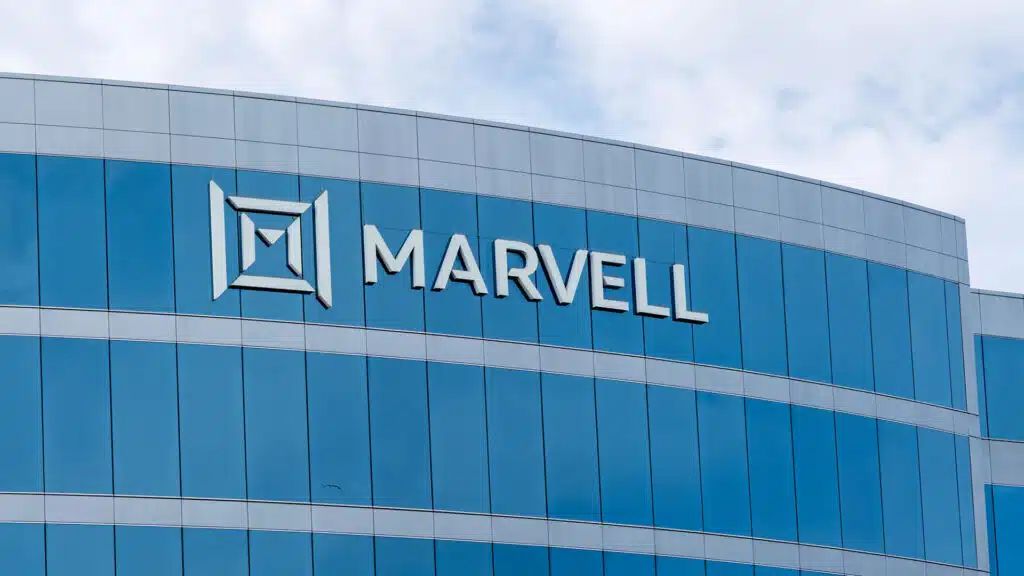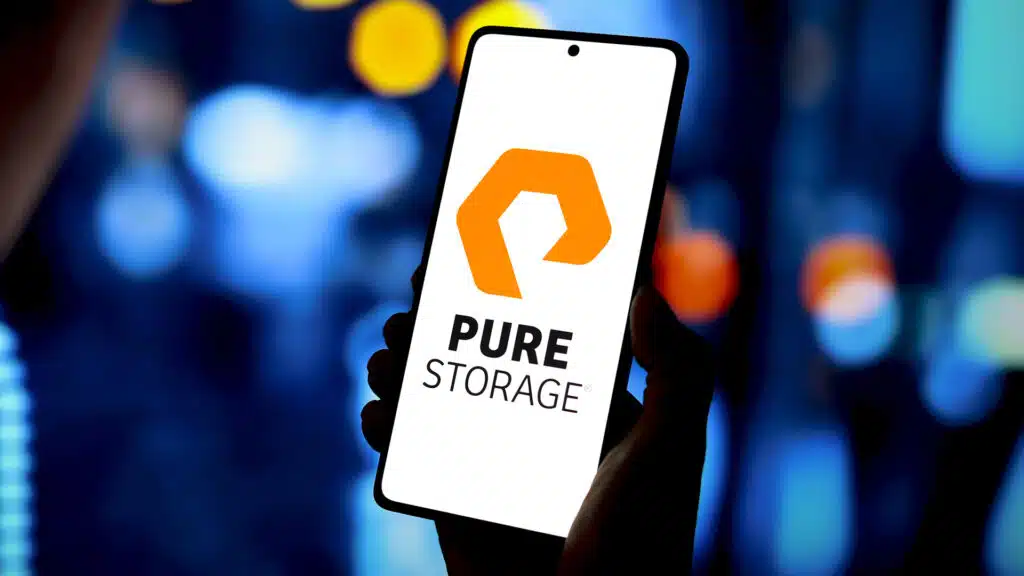The News: Qvantel, a supplier of Digital Business Support Systems (BSS), announced the availability of Qvantel Flex BSS in AWS Marketplace, a digital catalog with thousands of software listings from independent software vendors (ISVs). Read the Qvantel Press Release here.
Qvantel Makes Flex BSS Available in AWS Marketplace: Boosts No/Low Code BSS Cause
Analyst Take: Qvantel sharpens the debut of its Qvantel Flex BSS on AWS offering by targeting emerging 5G standalone (SA) and digital brands, particularly across greenfield environments. As a software as a service (SaaS) based system, which includes pre-built out-of-the box use cases, Qvantel Flex BSS is designed for rapid deployment to enable communication service providers (CSPs) to swiftly develop, manage, and monetize new services.
By joining AWS Marketplace, I see Qvantel Flex BSS gaining more mindshare and 5G ecosystem influence as CSPs broaden their multi-cloud alliances in using no/low code configuration over the complex, costly customization model, improving overall cost savings and time-to-market capabilities. Qvantel gains greater visibility across the community of CSPs using AWS, rapidly broadening its addressable market as well as improve the matching of offerings to specific needs. The collaboration with Mexican CSP IGOU TELECOM provides immediate sales and marketing validation of the real-world value of Qvantel Flex BSS on AWS.
Now CSPs can avoid the bottlenecks of legacy systems and focus on delivering an improved customer experience at all touchpoints and diversifying revenue streams. Through the greenfield approach, CSPs can bypass replicating legacy processes, directly transitioning pre-5G customer and new 5G customers onto the greenfield system.
Key Takeaways: Qvantel Takes the No/Low Code Road
Qvantel Flex BSS in AWS Marketplace is putting the spotlight on the use of no/low code in BSS. From my view, CSPs are prioritizing low/no code BSS capabilities to accelerate their service innovation and streamline their business processes using intuitive drag-and-drop GUI technology. This enables them to meet skills shortage shortfalls by significantly reducing code development and workforce training timeframes as well as improve business outcomes.
As a result, I anticipate that through Qvantel Flex BSS on AWS, CSPs can support a broader array of B2C, B2B, and B2B2X customers and applications as well as hone the targeting of new vertical markets such as healthcare, enterprises, and smart cities that are gaining 5G SA use case traction. From my view, Qvantel’s no/low code advocacy in developing cloud-native, open, and microservices-based BSS can further differentiate its Flex BSS offering in a crowded BSS market against stiff competition, such as Amdocs, Ericsson, and Netcracker, as CSPs advance their multi-cloud and cloud BSS strategies in the 5G SA era.
Disclosure: The Futurum Group is a research and advisory firm that engages or has engaged in research, analysis, and advisory services with many technology companies, including those mentioned in this article. The author does not hold any equity positions with any company mentioned in this article.
Analysis and opinions expressed herein are specific to the analyst individually and data and other information that might have been provided for validation, not those of The Futurum Group as a whole.
Other insights from The Futurum Group:
NEC and Netcracker’s CGF Solution Enables NTT DOCOMO to Lead Charge for New 5G Service Monetization
Amdocs Delivers Local Breakout to Ease Monetization of 5G Roaming Apps
Author Information
Ron is an experienced, customer-focused research expert and analyst, with over 20 years of experience in the digital and IT transformation markets, working with businesses to drive consistent revenue and sales growth.
Ron holds a Master of Arts in Public Policy from University of Nevada — Las Vegas and a Bachelor of Arts in political science/government from William and Mary.







